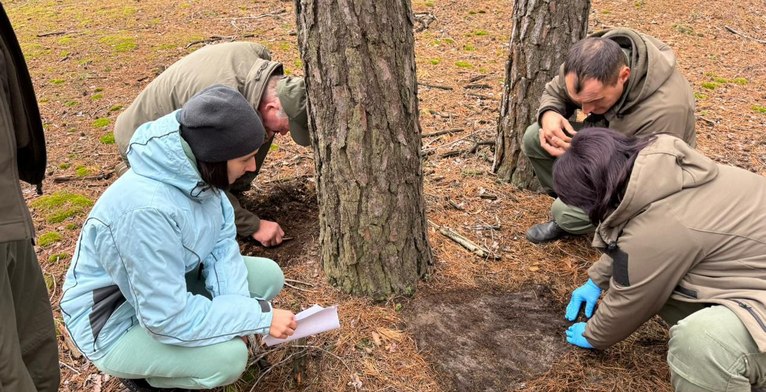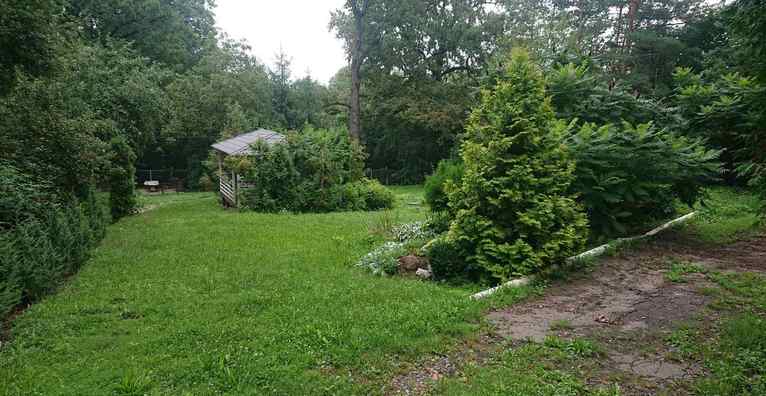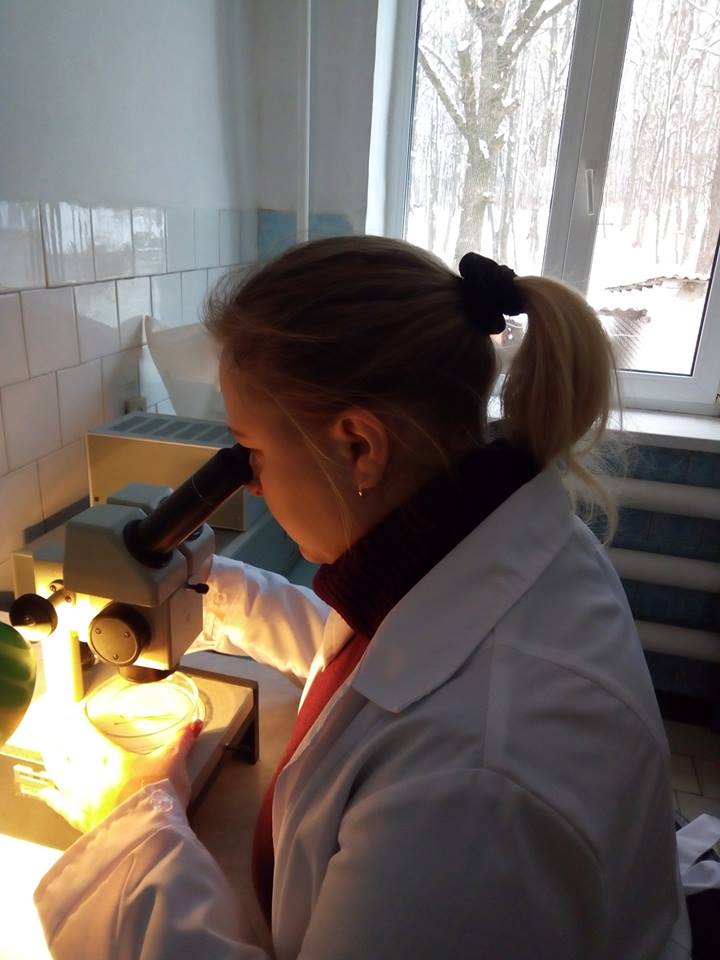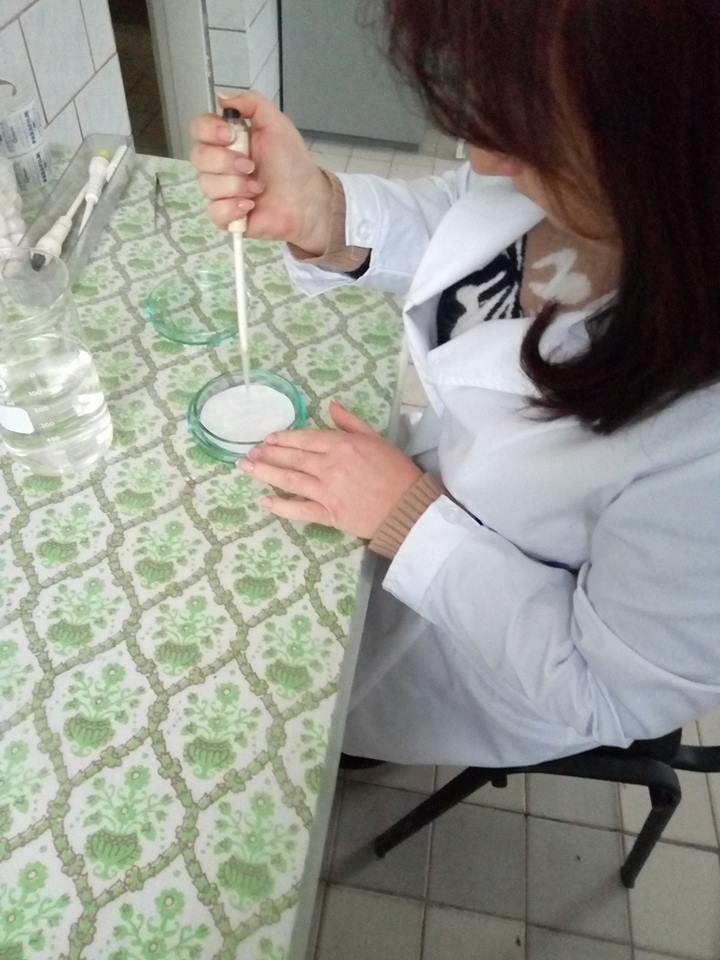Future forests begin their journey from tiny seeds, usually sown in nurseries. Seedlings and young trees are susceptible to many diseases that foresters cannot visually detect. That is why forestry workers turn to specialists from the State Specialized Forest Protection Enterprise "Kharkivlisozakhyst." The experts of the Biological Laboratory of Forest Protection and the Forest Phytopathology Department conduct laboratory phytopathological analyses of seedlings, saplings, and both coniferous and deciduous tree cultures. The goal of these studies is to determine the presence of phytopathogens that cause pathological processes in plants.
To identify disease-causing agents, two primary laboratory microbiological methods are used:
- Pure culture method
- Moist chamber method









